Fencing is more than just a boundary around your home; it’s a vital component of residential property that contributes to security, privacy, and curbs appeal. Whether you’re aiming to define property lines, protect your family, or simply boost your home’s aesthetic value, choosing the right residential fencing can make a significant difference. This article explores the various types of residential fences, their benefits, factors to consider before installation, and maintenance tips.
The Importance of Residential Fencing
Residential fencing serves multiple purposes, depending on the homeowner’s needs and property layout. The most prevalent motivations for erecting fencing include:
- Privacy: Fencing creates a secluded outdoor space, shielding you from nosy neighbors or busy streets.
- Security: Mixed plastic and wood fibers are used to make them.
- Aesthetic Appeal: Fences come in a variety of materials and styles that can complement your home’s architecture and landscaping.
- Property Value: A professionally installed fence can increase the resale value of your property.
- Boundary Definition: Fencing helps clarify property lines and prevent disputes with neighbors.
Popular Types of Residential Fencing
The type of material and style you choose for your fence will depend on what you need, how much money you have, and what you like. Some of the most prevalent types of fencing are:
1. Wood Fencing
Wood fences are a timeless and versatile option. They are quite private and may be painted or stained to fit any style of home.
- Pros: Natural look, customizable, provides privacy
- Cons: Needs regular upkeep, and is prone to decay and termites
2. Vinyl Fencing
Vinyl fences are a low-maintenance alternative to wood. They come in a range of colors and styles, and they don’t get damaged by pests or bad weather.
- Pros: Durable, low maintenance, weather-resistant
- Cons: Higher upfront cost, less natural appearance
3. Chain-Link Fencing
Often used for utility and security, chain-link fences are affordable and easy to install but don’t offer much privacy.
- Pros: Cost-effective, durable, low maintenance
- Cons: Limited privacy, industrial look
4. Wrought Iron and Aluminum Fencing
These metal fences are strong and stylish, commonly used for decorative front yards or perimeter fencing.
- Pros: Elegant appearance, strong and durable
- Cons: Can be expensive, may require rust-proofing (for iron)
5. Composite Fencing
Composite fences look like wood but are easier to care for. These are made from a mix of wood fibers and old plastic.
- Pros: Eco-friendly, low maintenance, wood-like appearance
- Cons: Higher cost, limited design choices
Factors to Consider Before Installation
Before you choose and install a fence, it’s important to consider several practical and legal factors:
1. Local Regulations and Permits
Most municipalities have specific fencing regulations, including height limits, setback requirements, and material restrictions. Always check with your local zoning office and obtain any necessary permits.
2. Purpose of the Fence
Clarify your primary reason for installing a fence: is it privacy, security, pet containment, or decoration? The height, material, and style of the fence you choose depend on what you want to do with it.
3. Budget Constraints
The price of fencing might change a lot based on the materials, the work, and the size of your property. Set a realistic budget that includes installation and potential maintenance costs.
4. Maintenance Requirements
Different materials require varying levels of upkeep. Consider how much time and effort you’re willing to invest in maintaining your fence over the years.
5. Neighbor Considerations
If the fence will run along a shared property line, discuss your plans with your neighbors. In some areas, shared fences must be agreed upon, and costs may be split.
Fence Maintenance Tips
Once installed, proper maintenance will help your fence last longer and retain its appearance:
- Wood: Regularly seal, stain, or paint to protect against moisture and sun damage.
- Vinyl: Clean with soap and water to prevent mildew or dirt buildup.
- Chain-Link: Inspect for rust or damage; apply rust-resistant coatings as needed.
- Wrought Iron: Repaint periodically to prevent rust and corrosion.
- Composite: Clean occasionally with a hose or mild detergent.
Final Thoughts
A good fence around your property is a must for security, functionality, and curb appeal. There are several materials and styles to choose from, so you can find a fence that fits your needs and your budget. You can choose a fence that not only makes your property seem better but also adds value and peace of mind if you know what you want and think about your alternatives thoroughly.
If you want morе еxciting contеnt, visit. Globallyviz.com


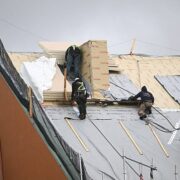


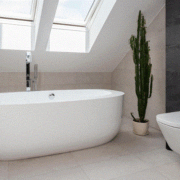
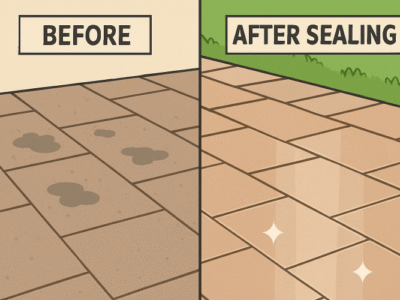

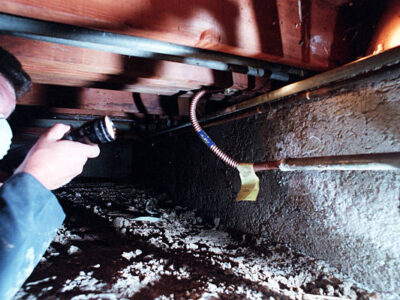
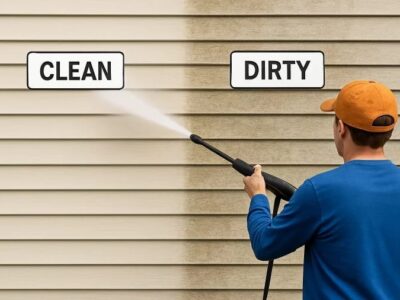




Comments